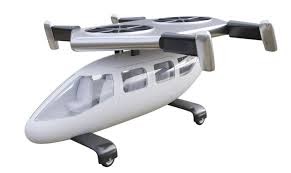Rubrique
EDP Equation aux Dérivées Partielles La méthode des caractéristiques | ||
EDP Equation aux Dérivées Partielles Par séparation de variables | ||
ELECTRONIQUE | ||
LIVRE | ||
COURS | ||
BRICOLAGE | ||
ECO GESTION | ||
LIVRE | ||
COURS | ||
EPREUVE | ||
GEOLOGIE | ||
LIVRE | ||
COURS | ||
DRIVE PARTAGE GEOLOGIE | ||
INDUSTRIEL | ||
INFORMATIQUE | ||
JEUX | ||
LIVRE | ||
COURS | ||
LITTERATURE | ||
MEDECINE | ||
OPTIQUE | ||
PHILISOPHIE | ||
PHYSIQUE | ||
PSYCHOLOGIE | ||
|
|
| |
|
|
Identifiant : covid19 |
|
|
|
Mot de passe : edumedia |
|
|
|
|
|
|
|
||
|
|
|
|
|
|
|
|
|
|
|
|
|
|
|
|
|
|
|
|
|
|
|
|
|
|
|
|
|
|
|
|
|
|
|
|
|
|
|
|
|
|
|







































